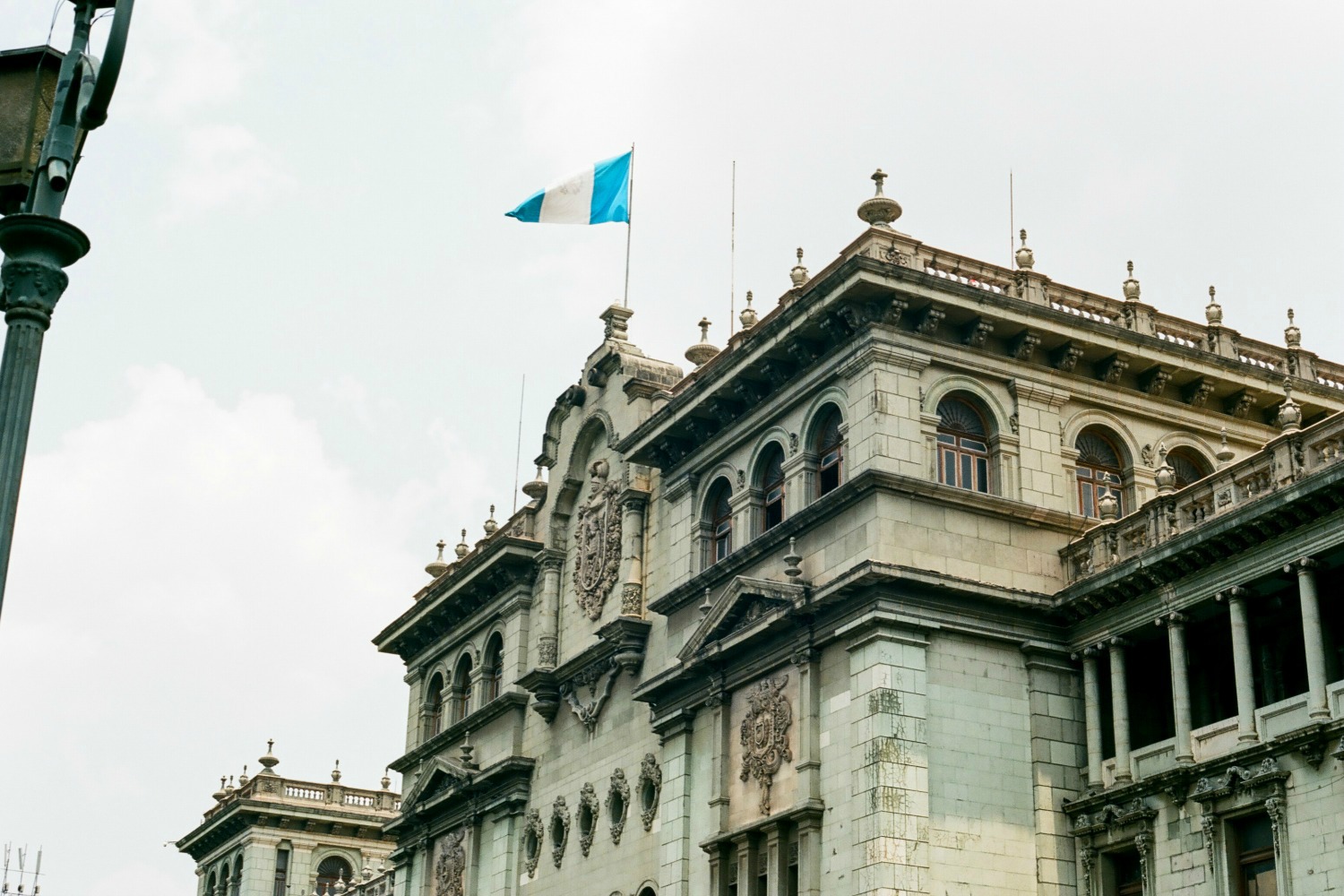Last month, six students from The Seattle School participated in a one-week intensive in Guatemala City. Under the leadership and instruction of Dr. Ron Ruthruff, students were invited to establish conversation partners with Guatemalan leaders and increase awareness of those who are loving God and neighbor in a different cultural and geographical location. Here, Dr. Ruthruff reflects on his experience of the trip and how it compared to his previous visits to Guatemala. Stay tuned to the Intersections blog in coming months to hear additional reflections from students in the class. (Photo by Jesse Smith of Downtown Scout Photography.)
Then he said to Thomas, “Put your finger here, and look at my hands. Put your hand into the wound in my side. Don’t be faithless any longer. Believe!” -John 20:27
Last month, I walked the streets of Guatemala City with a group of students from The Seattle School, guided by Joel Aguilar and Hector (Fito) Sandoval. We were there to enter a conversation with local leaders, wondering together: What does global partnership look like? And how does our shared history as Christians, as well as North and Latin Americans, inform this conversation?
I know Joel pretty well as a former student of mine, and I had met Fito the last time I was in Guatemala City. I knew they would be great teachers and trustworthy guides. I also know a bit of the history of Guatemala: political coups, imperial powers, religious xenophobia, racial prejudice, and economic manipulation has touched every facet of Guatemalan society—and much of the culpability sits with North Americans that look a lot like me.
The scars of Guatemala’s deep wounds were evident in every community we entered. As Joel walked us through the National Cemetery, leading us past tombstones and mausoleums, he told us the story of what he has titled the four wounds of Guatemala: war, poverty, racism, and religion. This wasn’t the first time I walked through this cemetery and heard Joel articulate these wounds and the history surrounding them. But this time, I felt a huge wave of guilt and shame as we walked through the cemetery. The lies that kept North Americans safe, secure, and wealthy—and the harm those lies did to many families of people like Joel and Fito—were being exposed in a class in which I was the professor of record. This was sobering to me.
During the rest of the week, we were guests in many different communities. Joel and Fito introduced us to beautiful people who told hard and courageous stories, stories than exposed deep hurt and revealed resilient hope. Maria, running an after-school program in a gang-infested neighborhood, cried as she spoke of the beauty and hope of children. Then there was Rudy, who gave up his church to pastor kids on the streets—rejected by the church, accepted by street kids. Women in a domestic violence center sat up straight, looked us in the eye, and told us what they ran from and what they dreamed of.
Fito took us to his home for lunch in a poor community whose economic survival depends on a garbage dump. Fito told us that his community was like the little girl that Jesus raised from the dead: Jesus said she is not dead, just sleeping. Fito assured us that like the little girl, love wasn’t dead in his neighborhood, just sleeping. Love simply needed to be woken up.
Then every night, after long days of conversation and site visits, Joel and Fito would gently debrief this disorienting and sometimes dissociative experience for their North American colleague and his students.
I have been to Guatemala a number of times and have established deep friendship with some incredible Guatemalan colleagues, but this time I felt like I met the incarnate Christ—Jesus, standing before me in love and humility, asking me if I would put my hand in his wound.
I felt like I met the incarnate Christ, asking me if I would put my hand in his wound.
Every day Fito and Joel, without accusations or shame but with a simple invitation, asked us to walk into one more neighborhood and bear witness to what we saw. Would we believe?
Every day the students who accompanied me accepted the invitation, they listened well and asked good questions, and they entered communities as guest and learners.
It became clear to me on this trip: engaging global partnerships begins with friendships. Friendships where students and teachers are willing to trade places, where truth is spoken in love, where guilty people are forgiven and shamed people are healed. Where some courageously tell the story of their wounds, and some listen well, resisting the impulse to run to a solution. This might be where global partnerships begin, and in the process, this might teach us more than a little about what it means to be human.

